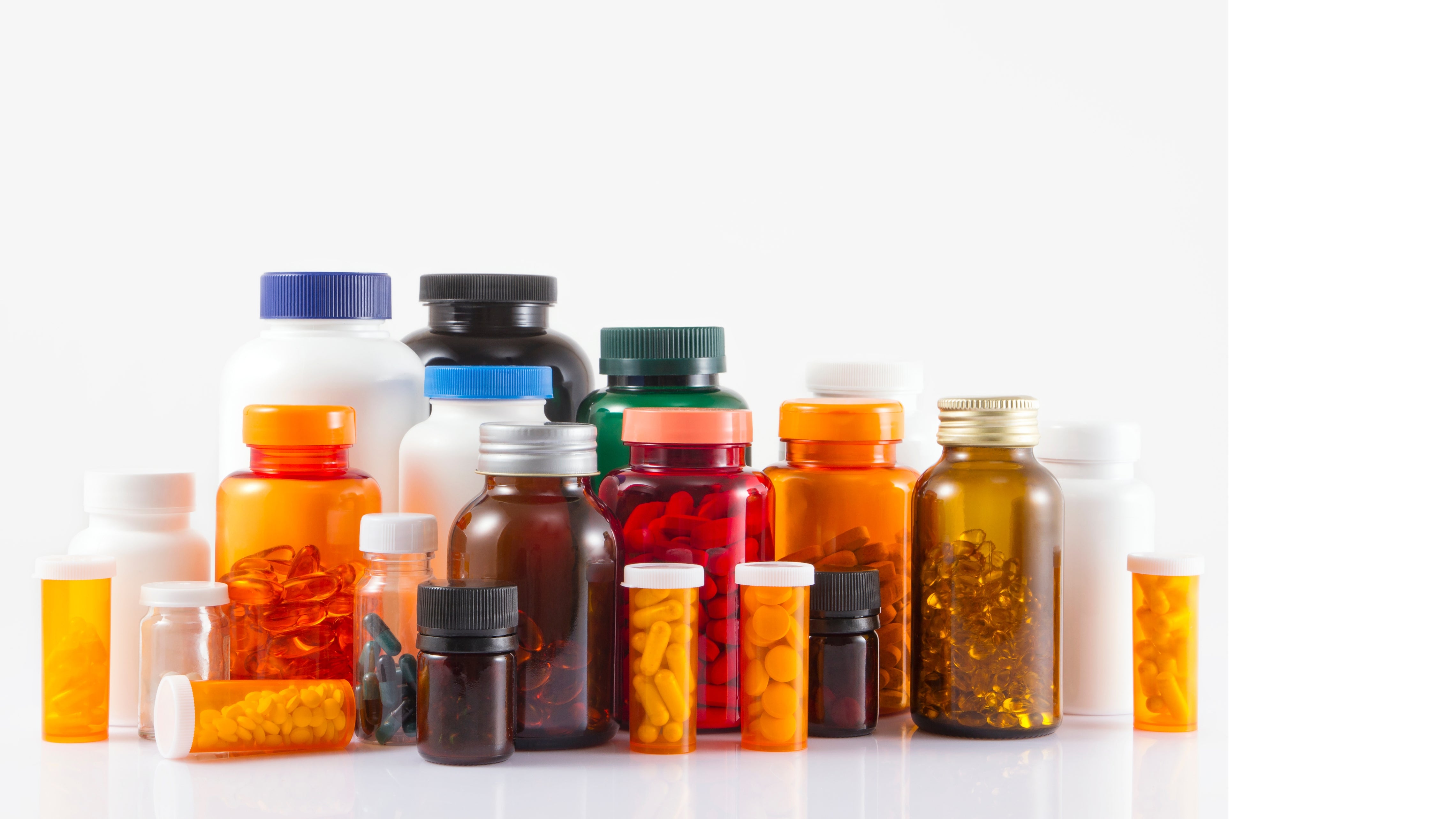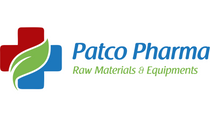
Going Beyond HDPE: The Rise of PET Bottles in Pharma Containers and the Current Market Trends
Personal care packaging segment is highly dominated by HDPE bottles. However, PET bottles are seen as an ideal alternative for HDPE bottles due to advantages such as cost savings and sustainable packaging solutions. The article throws light upon the ongoing trends in PET penetration in the personal care segment while highlighting the various opportunities and challenges for this trend, it also discusses the potential impact on the supply base. Individual consideration market is relied upon to develop at a pace of 4-5 percent CAGR over the course of the following 5 years because of expanded excellence care mindfulness among the working class families with high extra cash
Worldwide PET containers market is relied upon to develop further pace of 6-7 percent CAGR over the course of the following 5 years, transcendently determined by expanding request from end use ventures like drinks, home consideration, and individual consideration
PET is the quickest developing individual consideration bundling design with a normal CAGR of 8-9 percent (2016-21). This development is driven by shopper inclination, item light weight and high reusing rate for PET. In any case, HDPE supposedly has higher inclination because of its better unbending nature and hindrance properties Individual consideration items by and large utilise numerous plastic bundling arrangements like jugs, sachets and glasses dependent on the idea of items, and shopper inclinations. Containers establish around 53% of the bundling utilised for individual consideration items involving PET and HDPE resins, of which 71% is made with HDPE
Imminent challenges with HDPE
HDPE is the most ordinarily utilised material for bundling individual consideration items particularly in creams, body wash, cleanser, and conditioner. This is fundamentally because of the upgraded hindrance properties, improved time span of usability and shopper inclination.
The expanded inflexibility of HDPE and furthermore the high mistiness has driven the requirement for improving the straightforwardness and other light weight choices. The tones utilized in HDPE tars are likewise restricted which restricts the plan adaptability. In any case, the significant difficulties for HDPE lie in its expense ability against substitutes, and furthermore the additional manageability concerns.
Cost pressure:
Individual consideration industry is profoundly serious and brand proprietors are consistently keeping watch to receive savvy bundling arrangements without bargaining the current item includes. Bundling is feeling the spot of this pattern, where inflexible plastic bundling items are progressively moving towards cost productive bundle configurations like adaptable pockets and rankles. The significant expense of HDPE has driven the move towards substitute practical resins types like PET.
Sustainability concerns:
The pace of land fill for HDPE is high contrasted with other plastic bundling materials. HDPE, given its non-biodegradable nature, represents a genuine ecological danger and it is accordingly compelling the players to embrace feasible bundling arrangements.
Since HDPE bottles are 100% recyclable, they require escalated handling procedures to accomplish wanted immaculateness with expanded operational expenses than PET. Aside from this, they are likewise heavier and utilise more crude material which eventually brings about expanded carbon impression.
Significant brand proprietors, for example, P&G, L'Oreal, and Unilever have declared that they would altogether increment and sometimes twofold the current weight of Post-customer reused (PCR) sap in their bundling by 2020 for which PET would be an alluring pitch type.
For instance, Unilever is resolved to make 100% of its plastic bundling from reusable or recyclable by 2025.
Cost comparison - PET vs HDPE
Perhaps the main drivers for development popular for PET containers has been moderately cheaper when contrasted and HDPE. PET pitches are 25-30 percent less expensive than HDPE tars. Given that crude materials structure 65% - 75% of the general container cost which thusly could bring about 15-20 percent cost reserve funds in the expense of the jug. The latest thing would proceed for the following 10 years, it very well might be gainful to embrace PET rather than HDPE. The shift is additionally obvious in the solid development of PET jugs - 8-9 percent in close to home consideration portion especially in cleanser and conditioner item fragments.
Likewise tars from post-purchaser reused materials are advancing as a reasonable option in contrast to virgin tars in both PET and HDPE. The interest for reused pitches is altogether expanding attributable to better accessibility with high reusing rate and serious costs. The costs of post-buyer PET tars are 10-15 percent less expensive than the post-customer HDPE pitches because of reasons, for example, high reusing rate in PET (55%) contrasted with HDPE bottles (31%) all around the world. Likewise it is feasible to utilize higher reused content in PET when contrasted with other material sorts.
PET adoption by top brands in personal care products
PET containers are progressively liked by top individual consideration brands like L'Oreal, Henkel, Johnson and Johnson. For instance, cleanser and conditioner item range in Garnier by L'Oreal utilises PET containers for all their cleanser and conditioner product offerings since 2000, as a feature of their green bundling obligation to lessen natural effect. The PET containers utilised by Garnier to bundle are delivered from 30-50 percent post-purchaser reused content.
There are a few different results of top brands that have embraced PET in close to home consideration items, for example, Syoss hair care items from Henkel, cleanser and conditioners in Baby care items from Johnson and Johnson. One of the vital explanations behind receiving PET is expanding cost pressure; brands are searching for each conceivable chance to save costs without settling on the item quality and time span of usability. There is additionally an expanded interest for item separation and improved feel because of expanding contest. Natural product based shampoos which contain miniature granules are required to draw in buyer consideration.
Brand proprietors need to make an essential association with providers, particularly with PET innovation engineers who are answerable for driving advancements.
Clients, particularly in the created districts, are turning out to be progressively climate cognizant and favor feasible item alternatives. This has compressed brand proprietors to rapidly receive manageable bundling alternatives consequently diminishing their fossil fuel by products and improve the general manageability of their items.
The change in the inclination for PET over HDPE would keep on impacting item bundling patterns in the individual consideration items bundling fragment. Considering the different advantages of cost and light-weight alternatives, PET would offer more than the conventional HDPE. Later on, as innovation creates in the space of boundary properties, PET could turn into the prevailing pitch inside the individual consideration item fragment.

